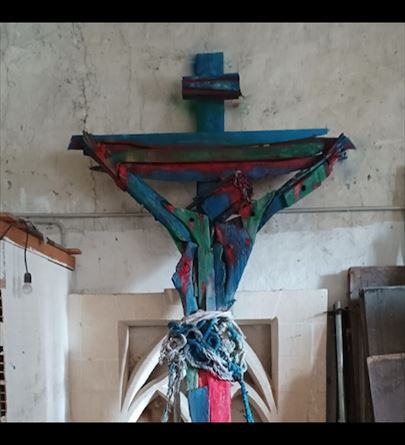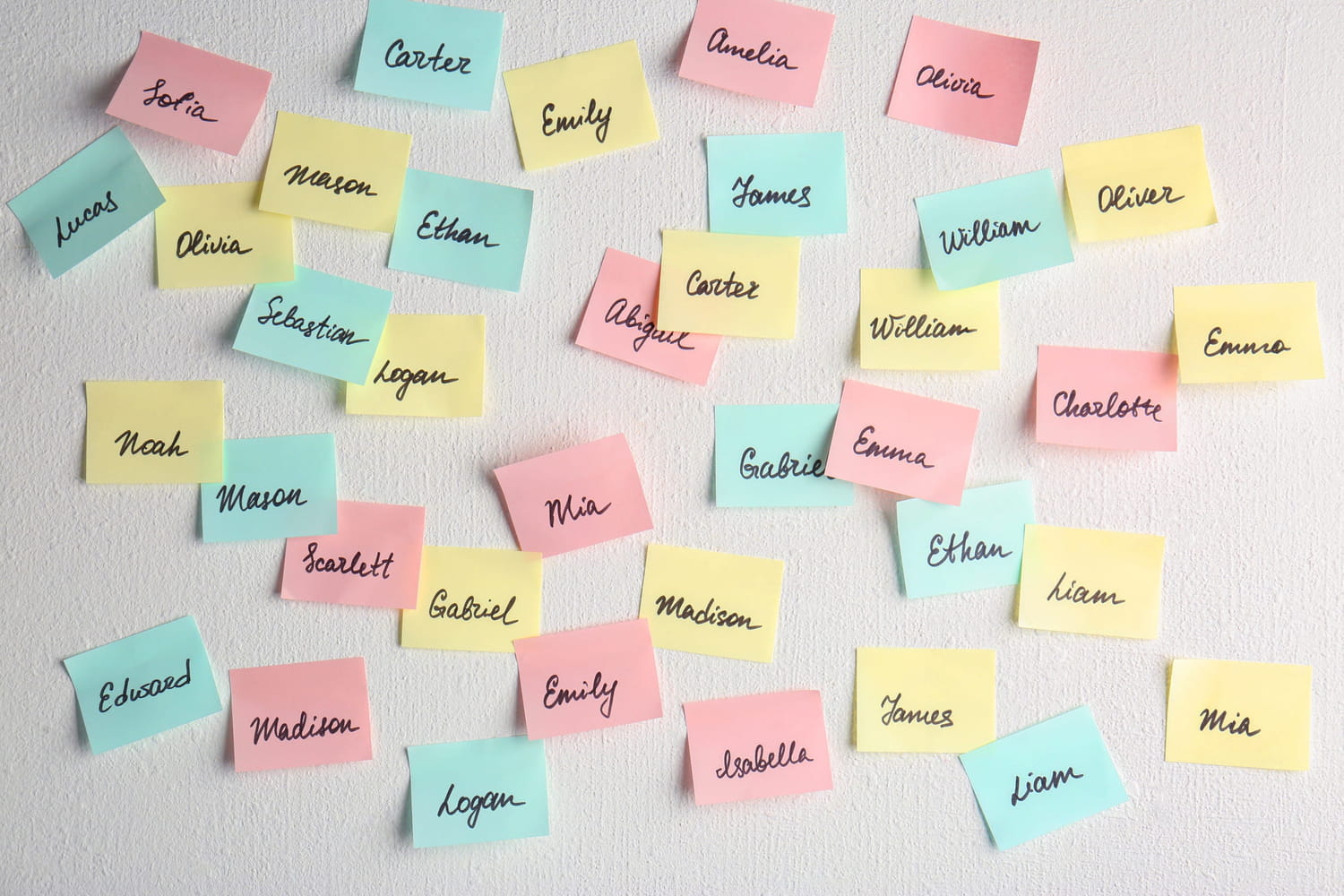No longer throw your broken decor objects to which you hold so much! Instead, opt for Kintsugi, this Japanese repair technique that enhances cracks thanks to delicate gold sutures. Explanations.
In a society where you always consume more and where you quickly throw away which is no longer perfect, the kintsugiwhich means in Japanese “gold joint“, offers usOffer a second life to our broken objectsand allows us, at the same time, to appreciate what does not meet all the criteria of perfection – starting with our own person! Because that’s it all the Kintsugi philosophy : instead of erasing errors, trying to make them disappear, this Japanese technique On the contrary wishes to put them forward and celebrate them to love the object in a new way thus restored.
The technique is more complex than it looks because it is not simply a question of glowing the pieces of a ceramic or porcelain object. In practice, a restaurateur. many steps long and precise in order to obtain the expected result.
- The room is thus cleaned, glued several times and the blocked cracks.
- Several layers of lacquer are applied before being sanded.
- A last layer of red lacquer is then applied, on which gold will be sprinkled.
- After drying, gold is polished with an agate.
Several other drying periods must also be respected, which still extends the process, and climatic conditions can influence the work done.
THE materials Used, on the other hand, are not selected at random. We thus find gold of course but also Japan lacquer, also called Urushi and which is in fact a purified sap many times, rice flour glue, terracotta powder, Magnolia coal … So many 100 % natural products that make us travel alone.
And if it is often bowls and ceramic and porcelain vases which proudly display these golden scars, all kinds of broken objects are found in the workshops of restaurateurs, such as statues, tea services or even mirrors. Their common point? Emotion that they always arouse with their owner, as tells us Myriam Greff, restaurateur and Kintsugi specialist in France. “”What I like most about my job is the big stories of these little objects, often modest, that the customers who entrust their work to me. It is a very intimate moment between the customer, his work and the restaurateur.“Customers, too, are varied. We find individuals, collectors, or even merchants.”There is no typical profile“, Note Myriam Greff.
Restaurateur for 13 years, it was during her studies that Myriam discovers Kintsugi. She will then wait to be installed on her own to immerse herself in this technique. “”I was tired of literally having to make up the works in order to make them look new, and I was tired of working in chemicals“, She says. Now a specialist, Myriam offers not only its catering services, but also creations from objects that she china: “The idea is born from the object and rarely the opposite“. In his workshop, you will therefore find objects repaired with gold but also to money (the gintsugi) and natural lacquer only (theUrushitsug). Products – and costs! – Different but always the same philosophy.

The artist does not chew his words when we approach the subject of the kits available on the market to practice kintsugi at home: “It is a real plague that devalues the work of craftsmen but above all that endangers the works“, denounces Myriam.”I regularly recover works that have passed through and the quote is much higher because it is first necessary to put the object to the naked.“For a successful kintsugi, we will never advise you enough to entrust your broken objects to a professional. The expert in the matter.
The most adventurous will be able to try this DIY technique On objects to which they do not particularly hold. Kits generally present glue, gold powder and tutorial To make a piece yourself in the mind of the Kintsugi. Another possibility, to pick up your objects in a conventional way and come to apply a golden varnish on the joint. If you appreciate the precious effect of Kintsugi, you can also simply paint golden lines on your different objects without them being broken. In any case, it should be noted that objects can then only be used decoratively.







